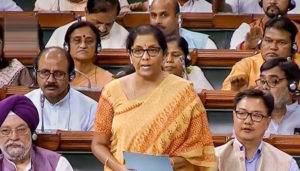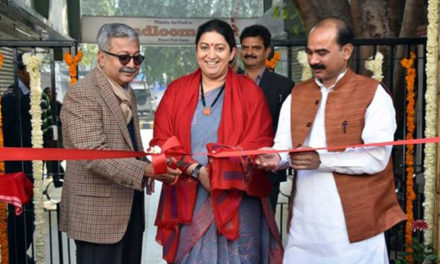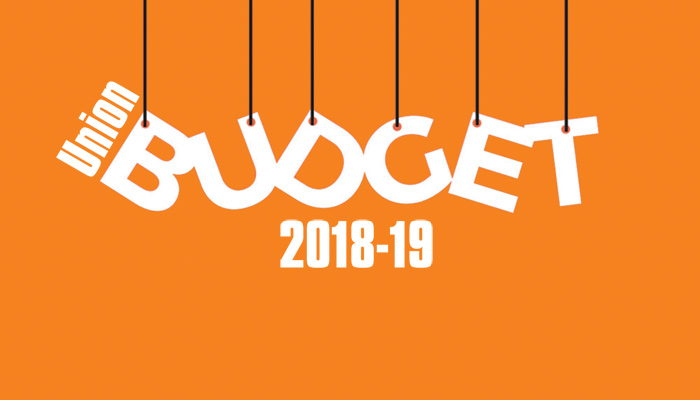A well-designed minimum wage system as a potent tool for protecting workers and alleviating poverty has been suggested by Economic Survey 2018-19, tabled in the Parliament by Union Minister of finance and corporate affairs Nirmala Sitharaman. Minimum wages can be notified based either on the skills or on geographical region or on both grounds.
Identifying private investment as the key driver of growth, jobs, exports and demand, the Survey states that pathways for trickle-down opened up during the last five years; and benefits of growth and macroeconomic stability reached the bottom of the pyramid. It adds that sustained real GDP growth rate of 8 per cent is needed for a $5 tr economy by 2024-25.
“Virtuous Cycle” of savings, investment and exports catalysed and supported by a favourable demographic phase required for sustainable growth, the Survey said. Proposing the redesigning of a minimum wage system in India for inclusive growth, the Survey mentions that the present minimum wage system in India has 1,915 minimum wages for various scheduled job categories across states. And one in every three wage workers in India not protected by the minimum wage law.
Supporting rationalisation of minimum wages as proposed under the Code on Wages Bill, the Survey proposes minimum wages to all employments/workers. It suggests that a ‘National Floor Minimum Wage’ should be notified by the Central Government, varying across five geographical regions. Minimum wages by states should be fixed at levels not lower than the ‘floor wage’.
It also proposes a ‘National level dashboard’ under the Ministry of Labour & Employment for regular notifications on minimum wages. Further, there should be a toll-free number to register grievance on non-payment of the statutory minimum wages. Giving a macro view on the state of the economy in 2018-19, the Survey states that India is still the fastest growing major economy in 2018-19. Growth of GDP moderated to 6.8 per cent in 2018-19 from 7.2 per cent in 2017-18. Inflation was contained at 3.4 per cent in 2018-19. Non-Performing Assets (NPAs) as percentage of Gross Advances reduced to 10.1 per cent at end December 2018 from 11.5 per cent at end March 2018.
Financial year (FY) 2018-19 ended with fiscal deficit at 3.4 per cent of GDP and debt to GDP ratio of 44.5 per cent (provisional). As per cent of GDP, total Central Government expenditure fell by 0.3 percentage points in 2018-19 over 2017-18. The revised fiscal glide path envisages achieving fiscal deficit of 3 per cent of GDP by FY 2020-21 and Central Government debt to 40 per cent of GDP by 2024-25.









